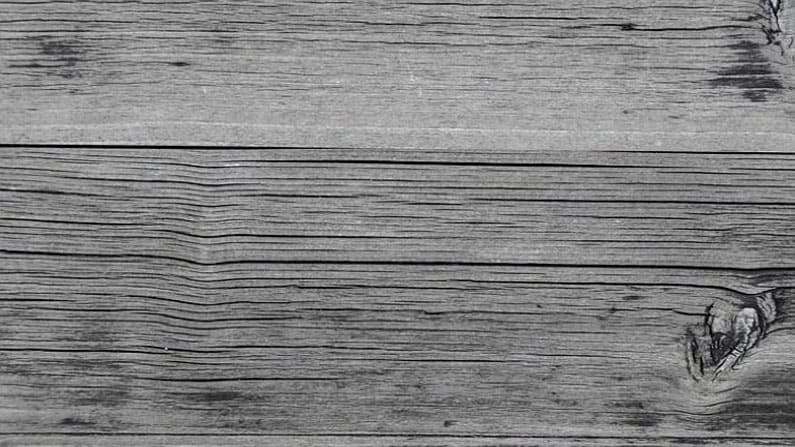Improve or repair your home using drywall. To drywall a home for repair is easier said than done; however, it is never as difficult as some lead you to believe. When you start to drywall for home improvement, you must follow a few straightforward steps. As for tools, you will need a Putty Trial, Tray, sandpaper, and joint putty, scraper, hammer, paint, thinner, patches, plaster, and a few other items to finish the task. Of course, it depends on the size of the area as to what exact tools and materials are needed.
You will need sandpaper, since you start the drywall procedure by sanding down the walls and removing any lumps. You should sand until you see clear white area. You will need a cloth to finish the procedure by wiping down the wall removing any drywall dust.
Plaster comes in handy if there are holes in the wall, thus use the putty trial and scraper to apply the joint putty to fill in the holes and patch if applicable. From time to time, a second coating of plaster is required, thus repeat the course of action until the hole is filled and scraped down to smoothness. You will need to sand the plaster when it is dry.
Never start to drywall until you have sanded down the area, smoothed out the surface, and have washed the wall, freeing the area of any dust. Furthermore, make sure the region is dry previous to sandpapering the area. Start the drywall modus operandi by following the systematic steps provided to you in the kit purchased, and not until you have a clear smooth area.
You need to ensure that you avoid simple mistakes when planning and putting up drywall. Install the ceiling drywall before installing any walls. Work from top (ceiling) to bottom (floor). Try to run the drywall sheets perpendicular to the framing and mark joint locations so they are easier to find. If you can mark the stud locations on the ceiling and floor, do it so it is easier to fasten the drywall sheets. Check the plans for provisions for insulation, ventilation, moisture control and wiring prior to using drywall. Use dry wall nails or screws and cover the wallboard tape with compound. Make certain that you sand the drywall compound to ensure a smooth finish. If not sanded correctly, the bumps will show twofold when you apply paint. Most importantly, do not apply the drywall with the wrong side exposed.
After adding the drywall for home improvement, you are ready to paint. Thus, choosing the paint and brushes appropriate for the job will help you receive a grand effect. Paint the base line area before relocating any furniture in the home. Allow the paint to dry and touch up by re-arranging the furniture, curtains, etc.
Dry walling is not difficult and does not require a lot of technical skill, rather it is time consuming…
If your walls are in serious need of construction you might want to consider other options rather than dry walling and painting the area. Sometimes you merely cover areas that are deteriorating by adding new lining, paneling, covering, etc. Thus, checking into additional options might benefit you while saving you money and time.
Sometimes you can get away with repairs rather than entire makeovers. The walls are layered, thus a bit of plaster or spackle and other tools and materials could dress of the area. If you have rotted area, again you may want to consider other options, or else hire a drywall contractor expert to repair the home.
Sometimes you simply cannot get away with home improvement by doing it yourself. At times, you may need assistance, thus preventing deterioration is critical to save you money.
If you notice areas of the home that are starting to show wear, by taking care of the problem now will save you heartache later. The repairs are easier than entire improvements, thus repairs are also cheaper.
If you have dents, cracks or holes in the walls, buy a plastering or spackling kit and follow the instructions to repair the problem now rather than allow it to linger.
For repairs you will need paintbrushes, knives, spackle, latex bonding liquid, paint, patching plaster, sandpaper, fiberglass wallboard tape, and that about sums it up. For holes, you cover the area with the wallboard tape and then spackle to make the tape stick.
After the spackle is applied, using your sandpaper sand the area repaired until it is smooth. If you notice peeling, paint or loose plaster around the area, use your scraper to remove or clear up the area. After the spackle starts to dry and is sanded, add a second coating to cover the hole entirely. Again, sand and prime the patched area. Finally, you are ready to paint.
See how easy that was. Now, if you allow it to set without attention you will be doing a lot more work later and probably paying out a lot more money. You can use spackle to fix dents and cracks in the walls as well. Plaster or spackle will cover nail holes or holes made from screws. These home repair materials are affordable, thus cover now and save later.
Thank you for taking the time with me to learn more about what Mr. Done Right, the handyman / contractor does for you.
Sincerely,
Nathaniel Peterson
(AKA) Mr. Done Right
For more information on handyman or contractor work in the greater Austin area (or beyond), please contact your premiere handyman, Nathaniel Peterson, AKA Mr. Done Right Handyman Contractor of Austin, because Mr. Done Right ensures any repairs and/or remodels get Done Right the first time! Call us now for a free estimate! 512-659-8931
* Click here to protect your privacy and the safety of your children on the Internet.
Online Marketing Powered by www.OnlineMarketingExperts.agency





Recent Comments